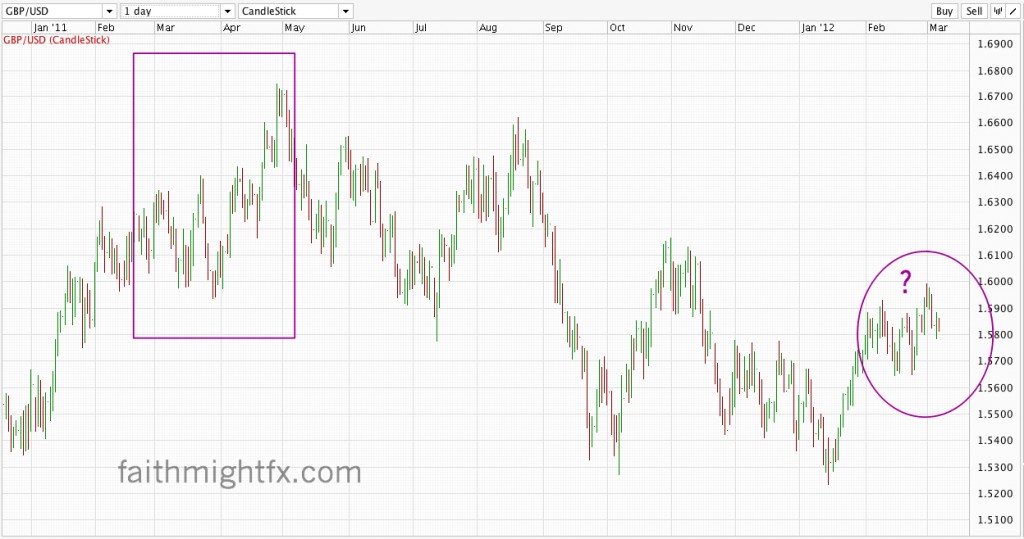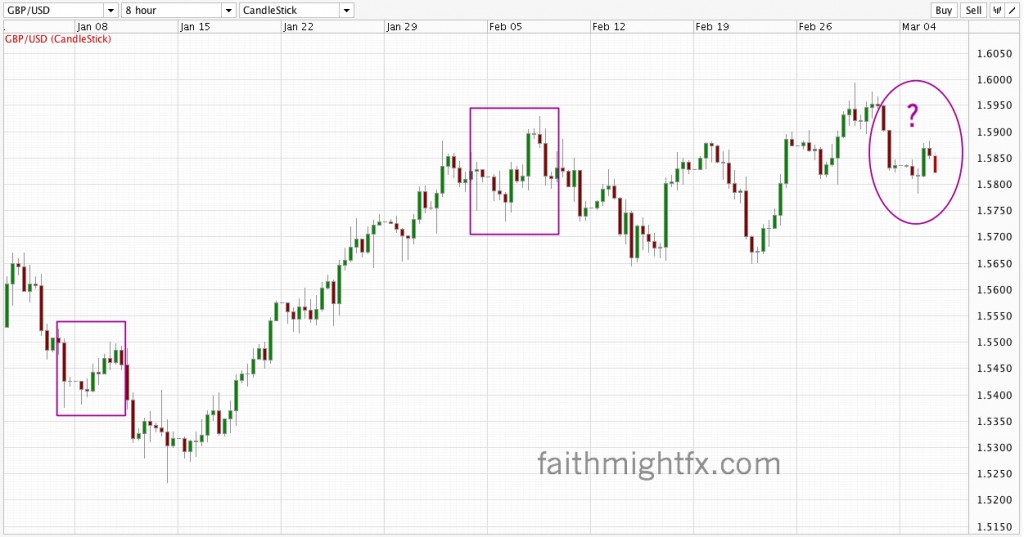I remember the price action during the Scottish referendum. $GBPUSD moved over 500 pips on the announcement of the its official results. So I find this chart from Financial News to be incredible:

BlackRock took a snapshot of this adjusted sterling volatility measure at the start of this week, and compared that to snapshots taken 37 days before the 2010, 2005 and 2001 UK general elections, and last year’s Scottish Independence referendum.
The result is the chart above. What it shows is that the currency markets, at least, are the most nervous they’ve ever been ahead of a UK general election.
What kind of volatility comes with a market that is the most nervous it has ever been?! It’s a terrifying thought but apparently not for investors.
…BlackRock’s analysts observe that while implied sterling volatility has spiked in the currency markets, other areas of the financial world currently appear almost complacent about the UK election. Credit default swap spreads, for example, which capture the price of insuring against the risk of a UK government debt default, have remained stable, and the gilt market “has priced in little fiscal risk premium since the 2010 election”.
It concludes: “Could markets be too complacent? We think so. We do not see the election posing long-lasting credit risk to owners of UK sovereign debt – but we do brace for volatility in the short term.”
In a world of easy money and you are one of 2 reigning money in, perhaps it is as simple as supply and demand. Money flows to high quality yield. Demand for GBP-denominated assets could buoy GBP even if markets are the most nervous they have ever been about a British general election. For long-term investors, this is noise. The trends are clear for the GBP. For day traders, this volatility will be a fool’s paradise. Either way, it is opportunity.
The only way to come out of the volatility unscathed and capitalize on the opportunity is to have a plan and trade your plan. Know what’s coming and ride the waves soundly.
Source: Markets’ pre-election nerves run high (Financial News)


